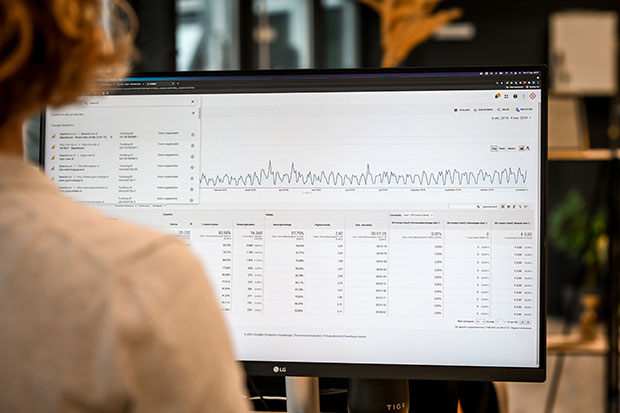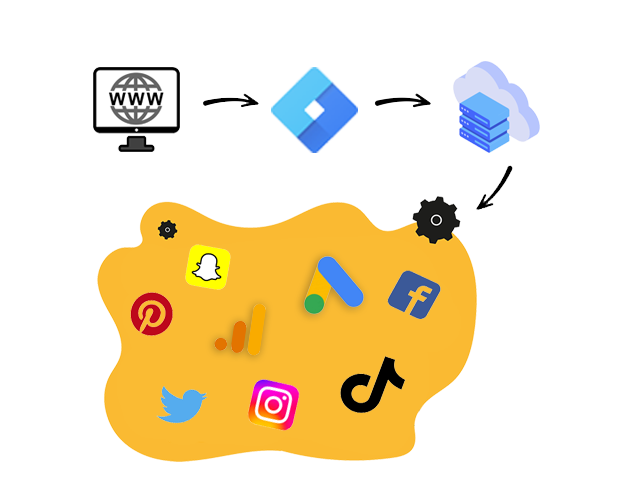You read it everywhere. Google Chrome has started phasing out "Third Party Cookies. 'Third Party Cookies' are text files, in the form of a script, that Google places in your browser. This is how they monitor what you do online and communicate this to Facebook, Instagram or Pinterest, for example. The "accidental" ads you see when you have been searching for shoes are not "accidental. Instagram knows, through third party cookies, that you have been searching for shoes and lets their advertisers use this information.



